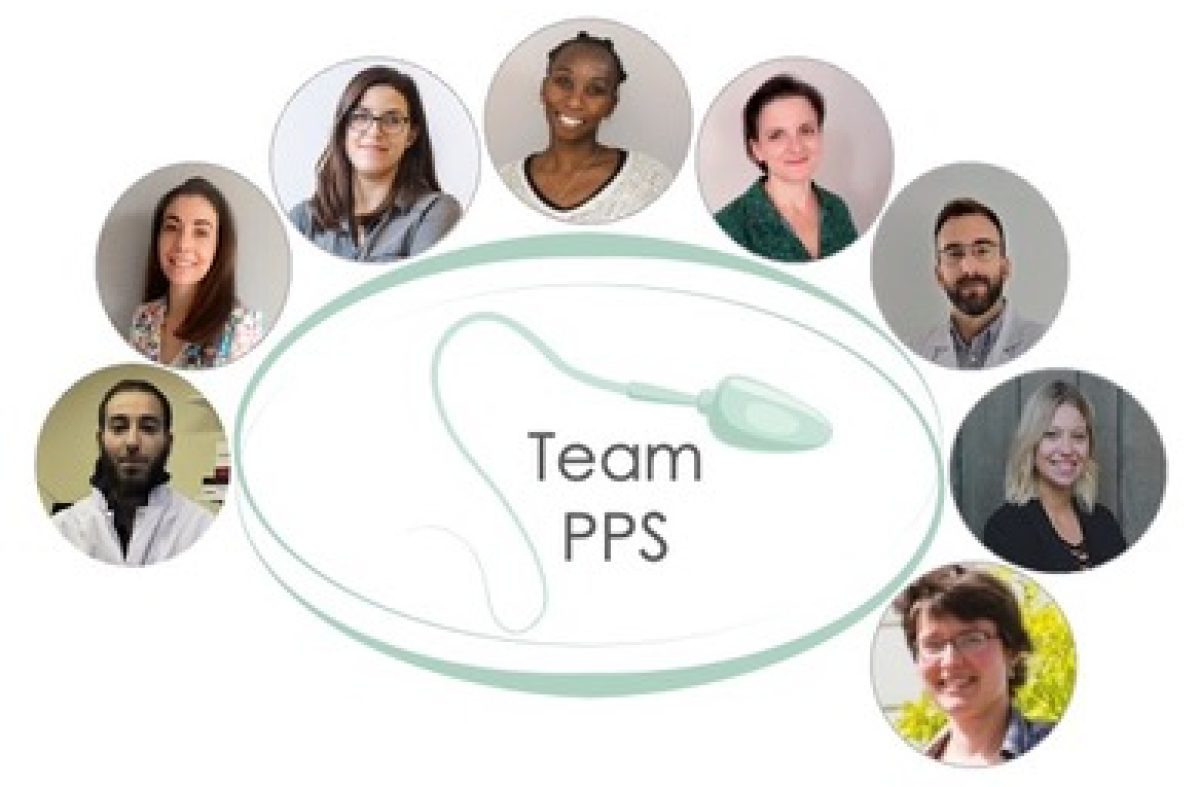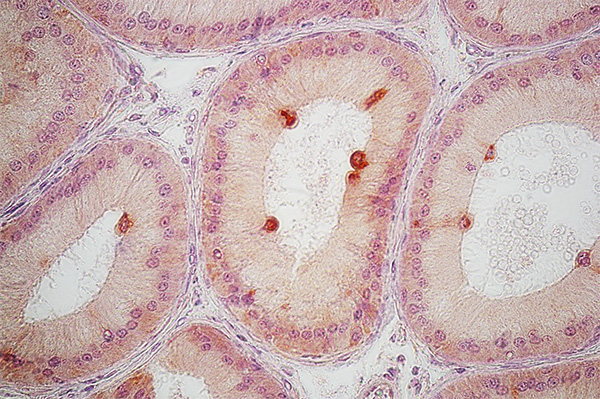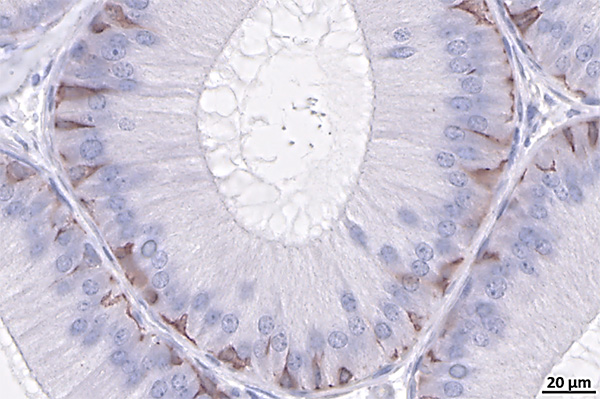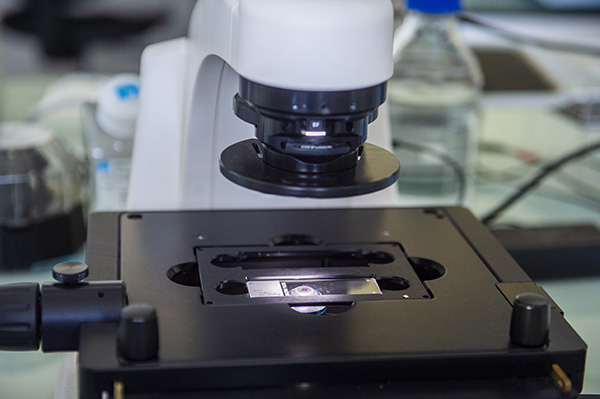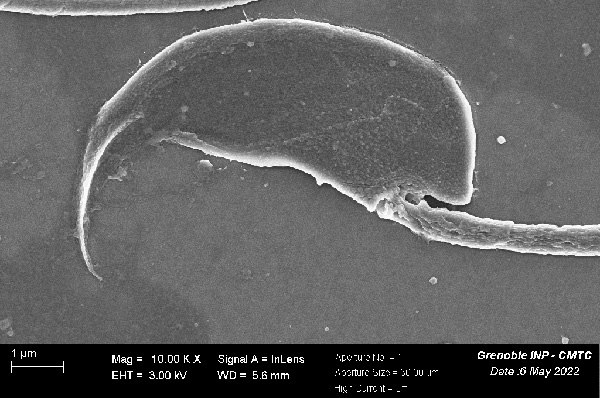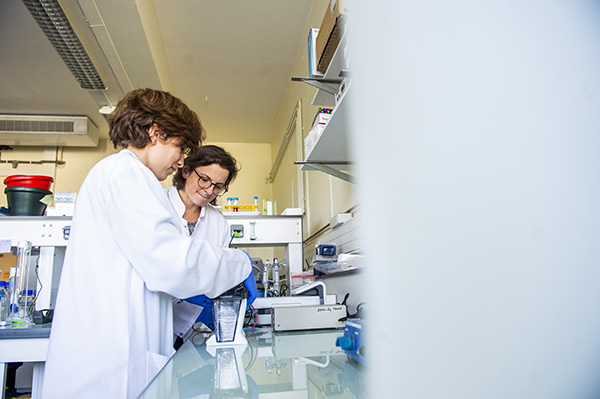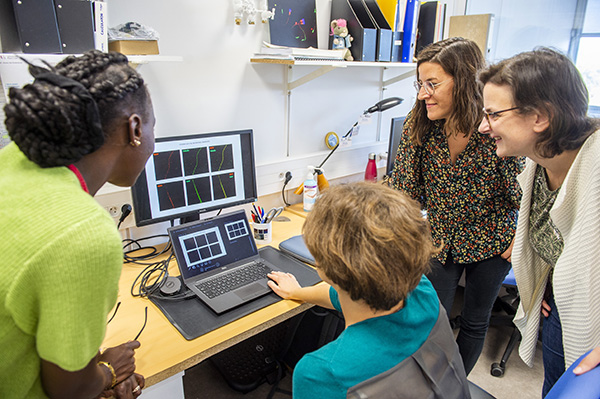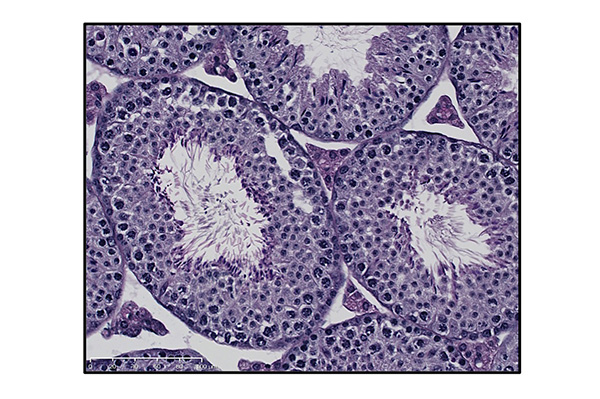Team
Physiology and Pathophysiology of Sperm cells
Dpt: Environnement, Reproduction, Infections, Cancer
Our research activities
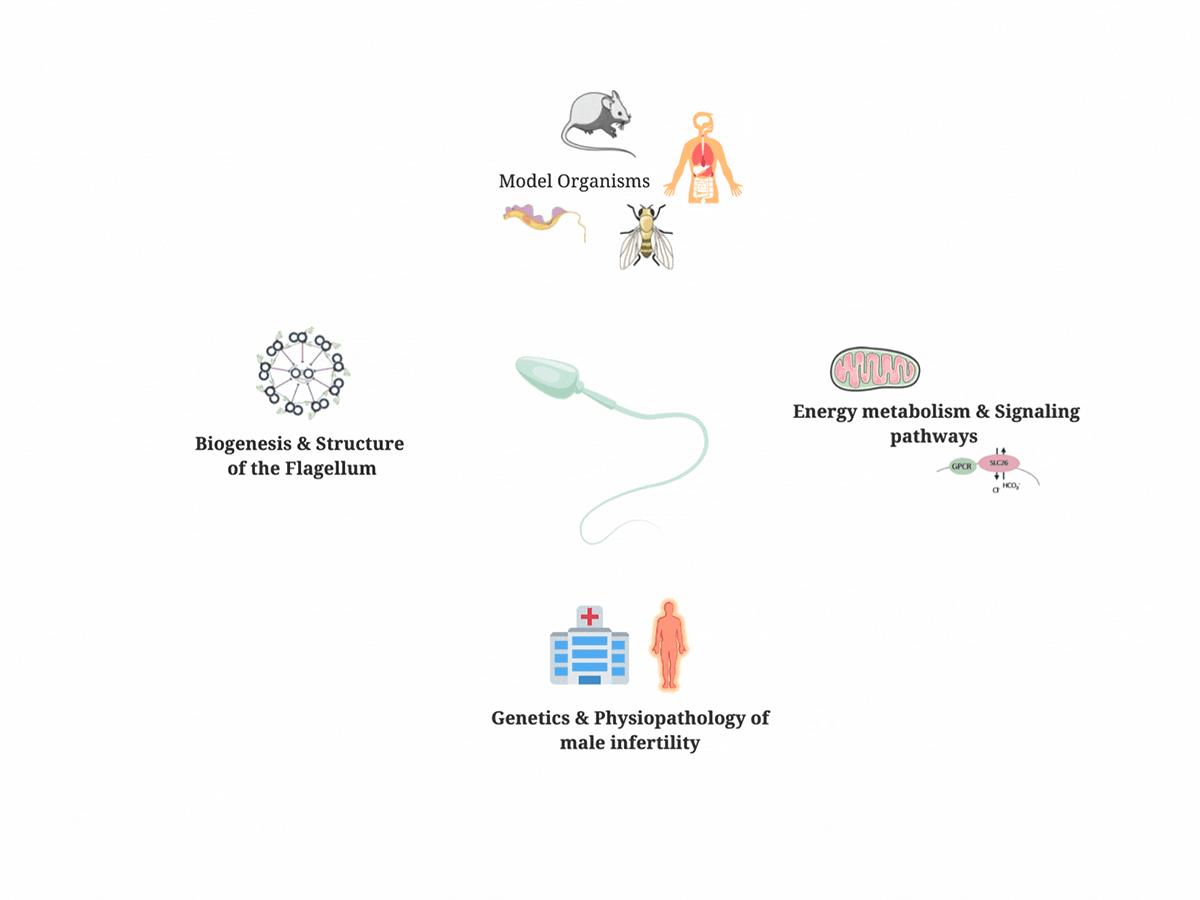
Our research axes
Deciphering the molecular and cellular mechanisms involved in sperm flagellum assembly and structure, through comparative analyses with cilia and flagella from lower organisms
Learn moreCharacterization of energy metabolic pathways and signalling pathways activated by transmembrane ion channels and receptors during sperm motility and functional activation.
Learn moreCharacterization of the genetic causes and the pathophysiological mechanisms associated with male infertility to provide cues for therapeutic and contraceptive strategies.
Learn moreOur major publications
See all publicationsOur activities in pictures
Our collaborations
- AMSELEM Serge & LEGENDRE Marie, AP-HP Trousseau. France
- BONHIVERS Mélanie, Bordeaux University. France
- DURAND Bénédicte, Lyon University. France
- FAUVARQUE Marie-Odile & BARETTE Caroline, CEA Grenoble. France
- HENNEBICQ Sylviane, CHU Grenoble Alpes. France
- PATRAT Catherine & DULIOUST Emmanuel, AP-HP Cochin. France
- PRIP-BUUS Carina, Institut Cochin, Paris. France
- RAY Pierre, CHU Grenoble Alpes. France
- SAEZ Fabrice, Gred Clermont-Ferrand. France
- SEIDLER Ursula, Hannover Medical School. Germany
- SIRONEN Anu, University College London, UK
- ZHANG Zhibing, Wayne State University. USA
Our technologies
- Biochemistry
- Cell Biology
- Molecular Biology
- Histology & Immunohistochemistry
- Cell Imaging: epifluorescence and high-resolution microscopy
- Ultrastructural analyses: transmission and scanning electron microscopy
- Proteomics
- Sperm analyses : spermogram, spermocytogram
